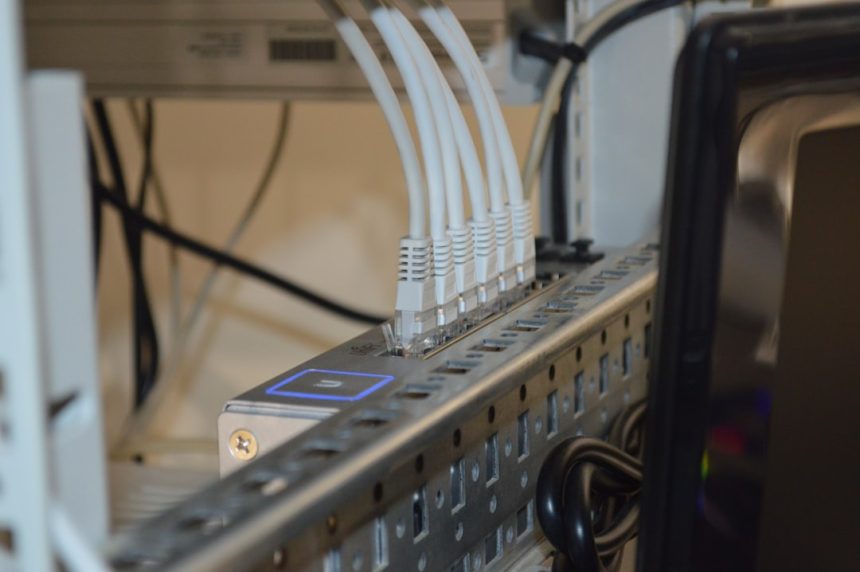The integration of Artificial Intelligence (AI) with the Internet of Things (IoT) is rapidly redefining how we interact with connected devices. From smart homes and industrial automation to healthcare and transportation, AI-powered IoT systems are enabling more intuitive, responsive, and efficient solutions. This technological convergence is not just a trend—it represents a fundamental shift toward a smarter, hyper-connected future.
[ai-img]artificial intelligence, internet of things, smart devices[/ai-img]
IoT devices, at their core, are designed to collect and transmit data. From smart thermostats and wearable fitness trackers to autonomous vehicles and connected manufacturing equipment, these devices gather a wealth of real-time information. However, raw data alone is not inherently valuable. It is through the infusion of AI algorithms—such as machine learning, pattern recognition, and predictive analytics—that this data becomes actionable intelligence.
The Rise of Intelligent IoT Devices
When AI capabilities are embedded into IoT devices, we witness a transformation from simple data collection to intelligent decision-making. Here’s how AI is enhancing IoT-based systems:
- Predictive Maintenance: In industrial settings, AI analyzes data from sensors to predict equipment failure before it occurs, reducing downtime and maintenance costs.
- Energy Optimization: Smart buildings use AI to monitor occupancy and usage patterns, optimizing energy consumption in real time.
- Personalized User Experiences: Smart home devices learn from user behavior to customize lighting, heating, and entertainment systems automatically.
- Enhanced Security: Intelligent surveillance systems can identify unusual behavior or intrusions through AI-powered video analytics.
As a result, devices are not just passive conduits of data; they are becoming proactive agents that learn, adapt, and act autonomously based on environmental stimuli and user interactions.
Edge Computing and Real-Time Intelligence
Traditional IoT architectures often depend on transmitting data to centralized cloud servers for processing. However, this introduces latency and potential privacy concerns. Edge computing—processing data locally on the device or nearby gateways—is becoming more common in AIoT deployments.
By embedding AI models at the edge, devices can make real-time decisions without requiring constant cloud connectivity. For example, a self-driving car must react to road conditions immediately, without waiting for cloud-based instructions. Edge AI enables such instant responsiveness, while also conserving bandwidth and enhancing data privacy.
[ai-img]edge computing, ai chips, embedded systems[/ai-img]
Challenges and Considerations
The synergy between AI and IoT offers compelling opportunities, but it is not without challenges. Key considerations include:
- Data Security and Privacy: With more devices processing sensitive data, robust encryption and data governance models are essential.
- Scalability: As the number of connected devices grows, scalability becomes a critical concern for network and infrastructure providers.
- Interoperability: Ensuring devices from different manufacturers can communicate effectively is an ongoing technical and regulatory hurdle.
- Model Accuracy and Bias: AI algorithms must be trained on diverse datasets to avoid inaccurate or biased results.
Organizations must approach AIoT initiatives with a clear strategy and ethical framework to mitigate these risks effectively and responsibly.
The Future of AIoT
Looking ahead, the AIoT landscape will continue to evolve with advances in AI technology, more efficient data processing architectures, and stronger standards for device communication and security. Innovations like federated learning are enabling models to improve locally without compromising user privacy—an important development for consumer applications such as healthcare and home automation.
Industry analysts predict exponential growth in this domain, with billions of AI-powered devices estimated to be in operation by the end of the decade. What sets these devices apart is their ability not only to sense and connect but also to comprehend and act intelligently.
[ai-img]smart city, connected devices, technology network[/ai-img]
From AI-assisted manufacturing lines to intelligent hospital systems and smart traffic lights that adapt to congestion in real time, AIoT is steadily transforming every aspect of our daily lives. The convergence of these two groundbreaking technologies marks the beginning of a new era—one where machines don’t just talk, but think, learn, and respond with a level of sophistication once reserved for science fiction.









